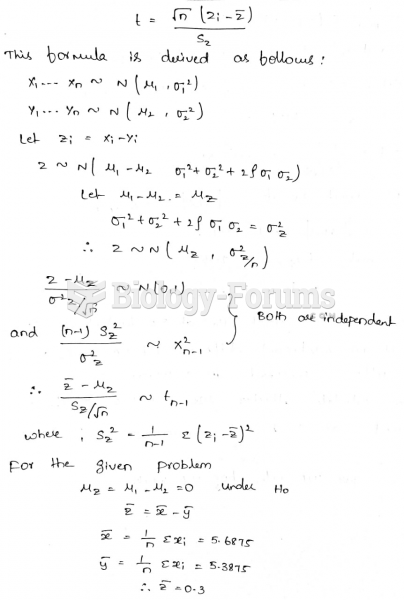Answer to Question 1
Answer: Mary Ellen's goal is not likely to be effective. The key attributes of good goals are that they are specific, consistent, and appropriately challenging. Mary Ellen's goal lacks specificity. It is unclear what behaviors she will need to implement, and there is no clear way for her to measure much more effort. To help Mary Ellen develop an effective goal, you would need to encourage her to identify measurable behaviors that she can track over time.
Answer to Question 2
Answer: Effective motivational programs not only can but must focus on increasing both satisfaction and productivity. Managers must hold employees accountable for producing satisfactory results. A manager who emphasizes satisfaction to the exclusion of performance will be seen as a nice person, but his or her indulging management style undermines the performance of his or her subordinates. A strong emphasis on performance to the exclusion of satisfaction is equally ineffective. In this situation, known as imposing, the manager has little concern for how employees feel about their jobs. The manager issues orders, and the employees must follow them. Employees may feel exploited and become unhappy. Although this approach may increase productivity in the short run, its long-term effects generally decrease productivity through increased absenteeism, employee turnover, and in some cases, even sabotage and violence. When a manager emphasizes neither satisfaction nor performance, he or she is ignoring the job's responsibilities. There is no real leadership, in that employees receive neither priorities nor direction. The resulting neglect may ultimately lead to the failure of the work unit. The integrating motivation strategy emphasizes performance and satisfaction equally. An effective manager is able to combine what appear to be competing forces into integrative, synergistic programs. This view proposes that although the importance of employees feeling good about their work and how they are treated cannot be downplayed, this concern should not overshadow a manager's responsibility to hold employees accountable for results. See Figure 1.







